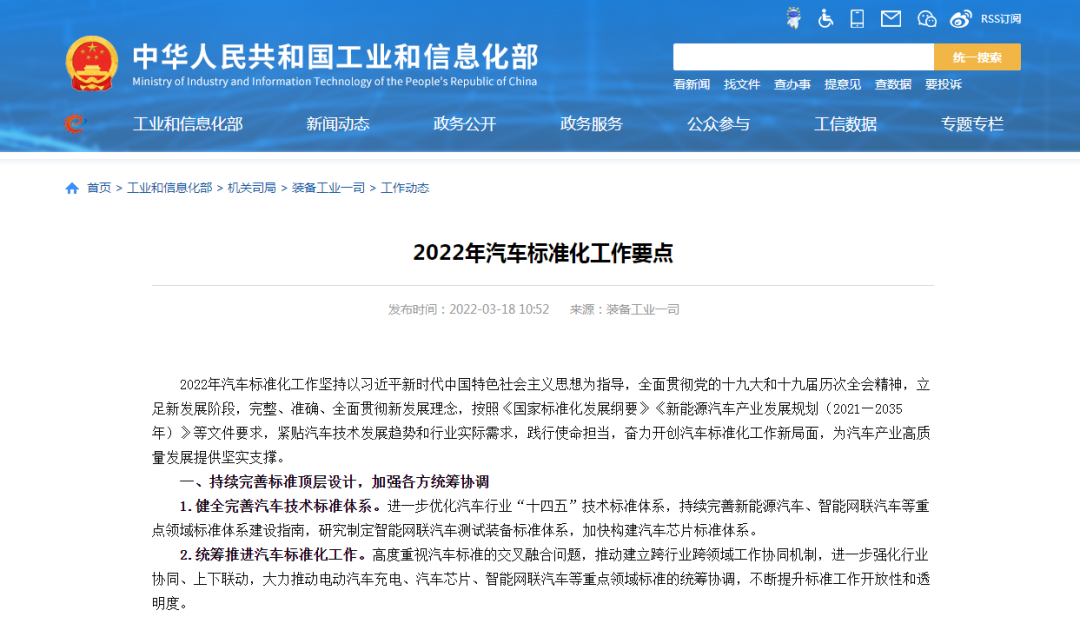
News
Vision Group Fuel Cell Weekly丨Swedish company produces hydrogen from nuclear reactors
【Industry】 Swedish company produces hydrogen from nuclear reactors
Researchers have recently developed a method of producing hydrogen from nuclear energy in order to minimise pollution. Swedish energy experts are assessing the benefits of developing "pink hydrogen" (nuclear or industrial pre-heated hydrogen) as the quest for alternative energy sources continues.

Swedish energy experts are studying the sustainability of powdered hydrogen. One of the environmental challenges associated with nuclear energy is the radioactive nuclear emission waste, which is derived from uranium as a source of nuclear power and can have a negative impact on human health and the environment. Nuclear energy, however, has a high ecological benefit in the form of reduced carbon emissions, with the resource releasing zero greenhouse gases into the atmosphere when generating electricity. Nuclear energy also provides society with an alternative to fossil fuels and supports decarbonisation. Thus, powdered hydrogen also has the advantage of reducing carbon emissions. Nuclear energy is a low-cost energy source that is cheaper than renewable energy sources and it is more economically efficient to develop hydrogen using nuclear energy.
Information source: Hydrogen Energy Network
【Policy】Guangdong issues action plan to accelerate the construction of a fuel cell vehicle demonstration city cluster
The People's Government of Guangdong Province has issued the Notice on the Distribution of Key Tasks in the 2022 Provincial Government Work Report.

In terms of hydrogen energy, the Notice points out that a carbon peak action plan in the transport sector will be introduced, an action plan to accelerate the construction of fuel cell vehicle demonstration city clusters will be introduced, charging stations and hydrogen refuelling stations will be accelerated in highway service areas, passenger terminals and bus terminals, and more than 20,000 public charging piles will be newly constructed.
Information source: Guangdong Provincial People's Government
【Policy】"Highlights of Automotive Standardization Work in 2022" released, involving standardization of hydrogen fuel cell vehicles and key components
On March 18, the Ministry of Industry and Information Technology (MIIT) issued the "Highlights of Automotive Standardization Work in 2022".

The Essentials of Automotive Standardization Work in 2022 points out that in 2022, automotive standardization work will adhere to the guidance of Xi Jinping Thought on Socialism with Chinese Characteristics for a New Era, continue to improve the top-level design of standards, and strengthen the coordination of all parties. In the hydrogen energy industry, it will accelerate the research on the series of standards for remote service and management of electric vehicles, revise the standards for post-crash safety requirements for fuel cell electric vehicles, and further strengthen the safety and security of electric vehicles. Comprehensively promote the research on vehicle standards such as fuel cell electric vehicle energy consumption and driving range, low-temperature starting performance, power performance test methods, and key system component standards such as fuel cell engine performance test methods and technical conditions for on-board hydrogen systems, to support the research and application of key fuel cell electric vehicle technologies and demonstration operations; take the lead in the planning and development of key regulatory projects such as hydrogen fuel cell vehicle safety; focus on Promote the establishment of international standards for fuel cell vehicles such as low-temperature cold start.
Information source: Ministry of Industry and Information Technology
【Policy】 Russia plans to export 50 million tonnes of hydrogen and ammonia per year by sea and pipeline
Recently, the Ministry of Industry and Trade of the Russian Federation held a videoconference on the development of the hydrogen-ammonia energy sector, presenting Russian cooperation projects for the development of hydrogen-ammonia energy. The Minister of Industry and Trade of the Russian Federation, Denis Valentinovich Manturov, presented at the conference the development of 41 hydrogen ammonia energy projects planned for development in the Russian Federation, of which the planned supply of hydrogen ammonia could reach 200,000 tons in 2024; 2 to 12 million tons by 2035; and 15 to 50 million tonnes.
Information source: Hydrogen Energy Network
【Industry】Honda to install stationary hydrogen fuel cell power station at California campus
Honda recently announced plans to install a stationary fuel cell power station at its corporate campus in Torrance, California, by early 2023. The station will serve as a proof of concept for later commercialisation of the generator set for use as a zero-emissions backup power source for facilities such as data centres that require reliable, clean auxiliary power generation that can continue to operate even in an emergency.
Honda's concept fuel cell power station will use fuel cell components from the Honda Clarity fuel cell vehicle, capable of generating up to 1152kW-DC/1MW-AC from a single inverter in a flexible four-four parallel stationary fuel cell power generation system. A unique advantage of the parallel design is the flexibility to change the layout of the four individual fuel cell units to suit the installation environment, accommodating rectangular, l-shaped, Z-shaped or other installation requirements.
Information source: Hydrogen Energy Network
【Policy】National Energy Administration and Development and Reform Commission: Promote hydrogen (ammonia) and long-cycle energy storage demonstration!
On 21 March 2022, the National Energy Administration and the Development and Reform Commission jointly released the "Implementation Plan for the Development of New Energy Storage in the 14th Five-Year Plan" (hereinafter referred to as "the Plan").
In terms of hydrogen energy, the Programme points out that by 2025, new energy storage will enter the stage of large-scale development from the early stage of commercialisation and have the conditions for large-scale commercial application. Breakthroughs will be made in long time scale energy storage technologies such as hydrogen energy storage and thermal (cold) energy storage. The research and development of key technologies and equipment will be increased, diversified technology development will be promoted, and a new generation of high energy density energy storage technologies such as hydrogen (ammonia) energy storage will be carried out.
Information source: National Energy Administration


